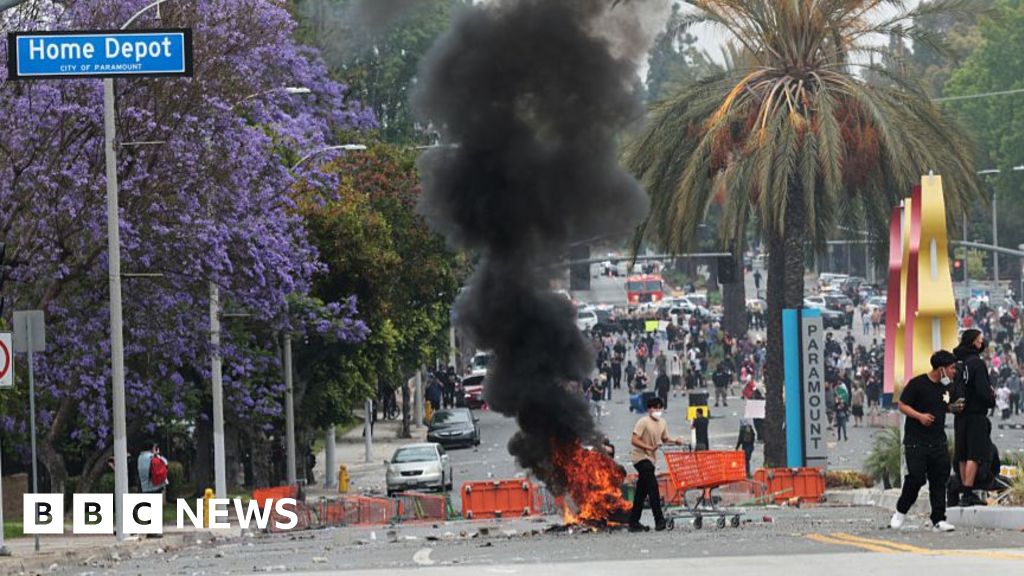A huge ticking time bomb is feared to be underway in California. The San Andreas Fault, an 800-mile-long fault that runs right through the Bay Area, is well overdue a massive earthquake of 7.8 magnitude or higher, experts have warned. It has been suggested that a devastating quake could come within the next few decades, with some warning as early as 2032.
According to the US Geological Survey's (USGS) Sarah Minson, the chances of San Francisco being devastated by a large tremor by 2055 have risen to a worrying 72%. On top of this, "one or more magnitude 6.7 or larger" quakes are more than likely to strike Northern California within 30 years, she warned. A report by the USGS has even suggested that the first major earthquake will hit in just seven years.
"The threat of earthquakes extends across the entire San Francisco Bay region, and a major quake is likely before 2032," the agency wrote in a report.
The last time a quake of over 6.7 magnitude struck the Bay Area was in 1989 with the Loma Prieta earthquake, which killed 63 people and injured some 4,000 more. However, the last "Big One", as a major tremor hitting California has been dubbed, occurred in 1906, when a 7.9-magnitude quake killed 3,000 people and levelled 80% of San Francisco's buildings.
Fears of a "Big One" came amid a new swarm of earthquakes that hit California's coast on Monday morning (May 26), at the northern tip of the San Andreas Fault. According to USGS, seven tremors hit the Pacific just off the coast of Northern California between 1:54 and 7:01am ET.
Five quakes occurred only minutes apart, between 4:17 am and 4:38 am. One of them registered a magnitude of 4.6, described as "Light," the third highest measurement on the Richter scale. No injuries or damage have been reported.
Experts predict that the next "Big One" would cause around 1,800 deaths, 50,000 injuries and $200 billion in damages, according to the Great California Shakeout.
However, Ms Minson noted that such a massive earthquake is incredibly rare, making the 1989 Loma Prieta earthquake look common in comparison: "For every magnitude 8, like the 1906 San Francisco earthquake, there are 10 Loma Prieta-sized earthquakes, and 100 Napa-sized earthquakes, and 1,000 magnitude 5 earthquakes," the geologist told The Mercury News.
The 2014 South Napa earthquake, a 6.0-magnitude earthquake, hit the northern San Francisco Bay Area on August 24. Total damage in the southern Napa Valley and Vallejo areas was in the range of $362 million to $1 billion, with one person killed and 200 injured.
To prepare for the massive earthquake, Ms Minson warned that it is important to have a plan to contact family if normal communication and transport systems fail. "You want water, food, those sorts of things. Think of your pets. You can go to ready.gov for more information," she added.
The Hayward Fault, running along the foot of the East Bay hills, has not had a major earthquake since October 1868, when a 6.8-magnitude quake occurred. Scientists have been monitoring the fault, finding it produces major quakes every 140 years.
Researchers at the University of California, Berkley said: "Since it has been more than 144 years since the last major earthquake, the clock is ticking".

 1 month ago
16
1 month ago
16









 English (US) ·
English (US) ·